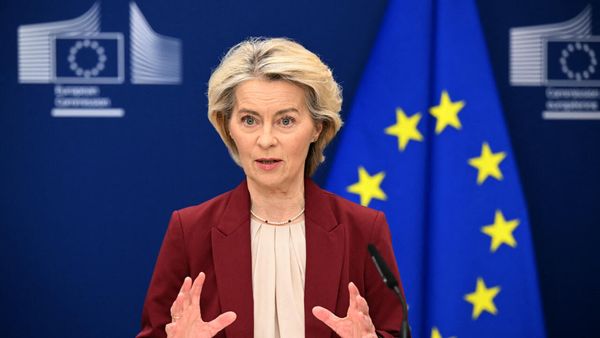
Up to one in 10 public hospital beds are taken by “stranded” patients awaiting alternative accommodation in aged care and supported disability accommodation, a new report shows – bolstering calls for more federal health funding.
The report on the drivers of public hospital costs was commissioned by state and territory treasurers to inform negotiations on the next national health reform agreement (NHRA) with the commonwealth government.
Its release on Friday comes as state and territory leaders have this week accused the commonwealth of “going backwards” on its funding commitments to public hospitals.
The report, by Prof Stephen Duckett together with Create Health Advisory, found four main drivers increasing public hospital costs: a high-inflation environment; workforce shortages; increasing complexity of patients; and a growing cohort of “stranded” patients who cannot be discharged because alternative supported accommodation is not available.
The report said these factors “largely fall outside the control of states and territories” and recommended reforms to modernise the public hospital pricing framework.
Sign up: AU Breaking News email
Jurisdictions reported that 8-10% of public hospital beds are now occupied by patients awaiting discharge to another setting – most often residential aged care facilities, specialist disability accommodation or other community-based services.
The report highlighted Productivity Commission data which showed a “sharp rise” in the number of beds occupied by long-stay patients awaiting aged care placement in all jurisdictions except Victoria, which has historically invested in a significant network of public sector aged care beds.
The report suggested the “commonwealth must take greater responsibility –through both funding and system stewardship – for ensuring timely access to aged care, disability supports and other non-hospital services” which fall under its responsibilities.
The federal health minister, Mark Butler, on Friday said the commonwealth had “put a very generous hospital funding offer on the table amounting to about $215bn, which is $20bn more than they would usually get”.
“There’s not yet been a meeting of ministers or first ministers. We’ve seen some media over the course of the last 24 hours from premiers, obviously. I’m not going to conduct negotiations through media myself,” Butler said.
However, the Council for the Australian Federation claims the federal offer falls “tens of billions of dollars” short of what was promised.
States and territories remain committed to the deal struck in December 2023 in which the commonwealth committed to fund 42.5% of public hospitals costs by 2030 and 45% by 2035, the council said in statement.
Under the new arrangement proposed by the commonwealth, the statement claimed, the actual share of funding will be closer to 35%, “falling tens of billions of dollars short of what is needed”.
The NSW premier, Chris Minns, on Thursday said patients would have to be turned away from emergency departments because the federal government was not stepping up to its responsibilities.
“The commonwealth’s responsibility is aged care in New South Wales and Australia across every jurisdiction, and they can’t have it both ways,” Minns said.
“We can’t have hundreds of patients who are in New South Wales public hospitals that should be discharged and, at the same time, see a net reduction in the amount of money that the commonwealth is prepared to give the states.”







